The delay in mental development is not a sentence. Some types of abnormalities, with appropriate treatment and favorable conditions in the family, can be corrected right up to the complete cancellation of the diagnosis.
Contents
- Mental development stages of the child
- Mental development stages of the child
- Mental developmental evaluation of children
- Mental developmental periods of children
- Support for children with mental retardation
- Development of memory in children
- Development of children's thinking
- Speech development in the child
- Development of perception
- Role of play in the child's mental development
- Development of mental processes in children
- Early diagnosis of the child's mental development
- Mental development of the child in preschool age
- Correction of mental retardation of a child
- Teaching children with mental retardation
- Video: Helping children with mental retardation
- Video: Correcting a child's mental development through the game
Stages of a child's mental development
Stages of a child's mental development are the periods of growing up in which a childthere are new skills and properties that were not there before.
| Child's age | Mental development stage |
| 0-1 month | Newborn |
| 1-12 months | Baby |
| 1-3 years | Early childhood |
| 3-5 years | Pre-school age |
| 5-7 years | Preschool age |
| 7-11 years | Junior school age |
| 11-15 years | Teenager |
| 15-18 years | Senior school age |
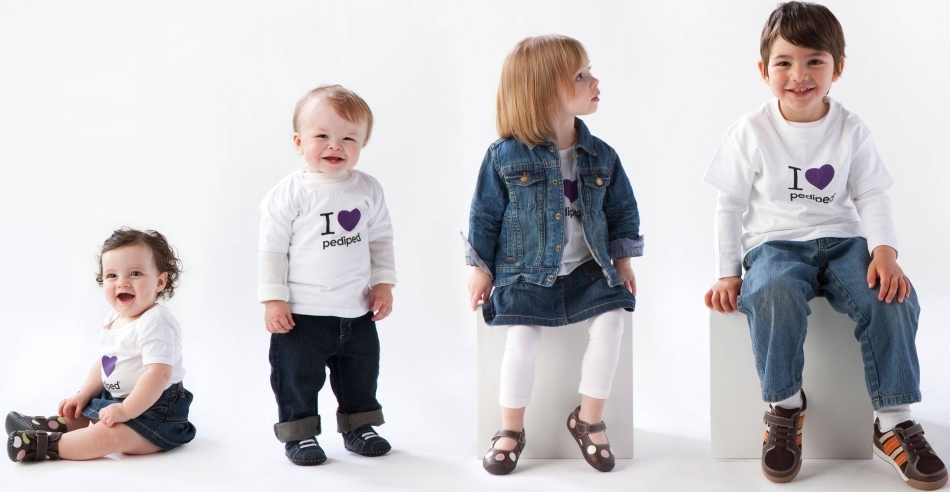
Evaluation of children's mental development
- A child aged 2-3 months should be able to keep the head straight;fix sight on objects brought to face;respond to light, sound, touch;emotionally respond to the communication of parents
- In 1-2 years the child walks( alone or with the support of adults);expresses his needs with words;pronounced imitative abilities;shows active interest in different subjects
- At 3 years old the child knows the purpose of everyday objects( toothbrush, comb, mug, spoon) and knows how to use them;has an active interest in interacting with adults;interest in subjects is effective - study for a specific purpose;shows self-reliance and perseverance;is able to follow the verbal instruction of adults( to reproduce the simplest sequence of actions);strives not only to listen, but also to inform adults about any information;shows interest in stories and pictures
Periods of children's mental development
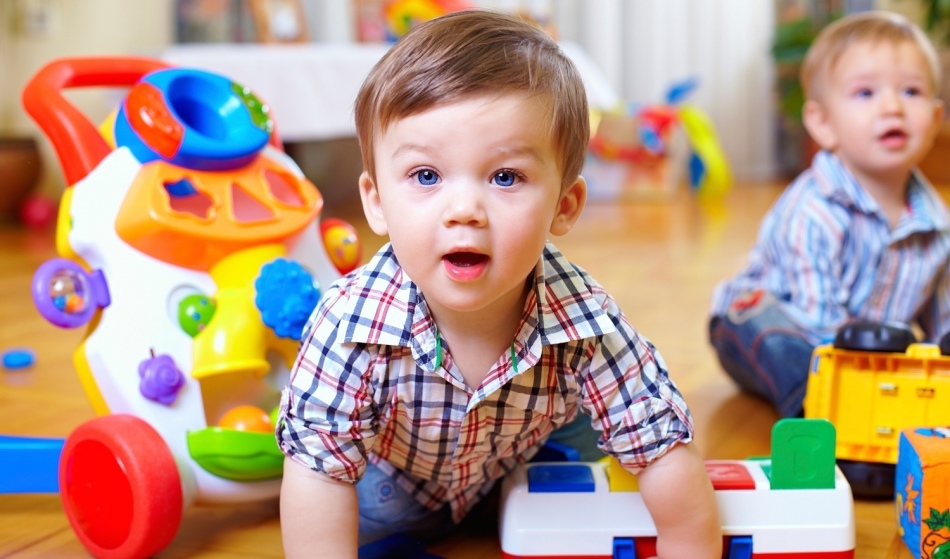
- At the age of 4-6 years, the child's mental development disorder has the following manifestations:
- excessive motor activity, often meaningless
- is easily excited, displays of emotions are uncontrollable
- hardly understands adult instructions
- can not hold attention when performing tasks or observing the game conditions
- more often needs adult help in comparison with peers
- no wayn play or speak quietly, has difficulty in playing with peers
- deviation from the norm of 5-6 years is considered a clear lead of peers in development, especially when the child is clearly interested in only one single sphere;
in 5-6 years should alert the "rollback" in behavior and the loss of well-mastered earlier skills: loss of interest in games, communication loss, refusal to use household items
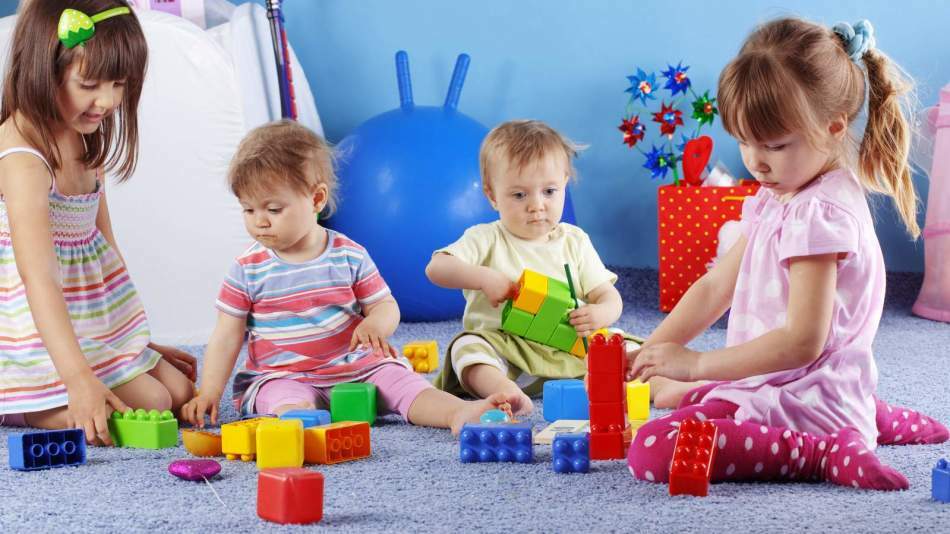
Help children with mental retardation
The following components are among the most important mental processes in children:
- Memory
- Thinking
- Speech
- Perception of
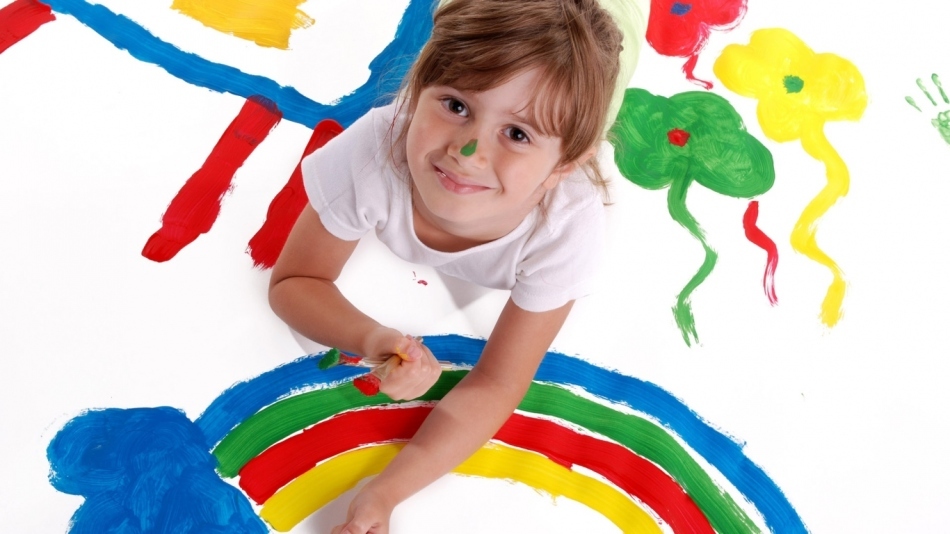
Memory development in children
- In infancy, memory is conditioned reflex( picked up in the position of feeding - reflexively looking formouth of the chest).With half a year begins "recognition" - the child is distinguished by familiar faces and objects, emotionally responds to them
- By the end of the first year of life, "remembering" is connected, when the kid is looking for the object that he is being asked to find. In 2-3 years the child remembers only what matters to him at the current moment, quickly forgetting everything that falls out of sight
- Intentional memorization begins at preschool age together with the development of playing skills, while the child best memorizes visual images(Pictures).Speech material children of this age are easier to remember if it bears a figurative and bright-emotional character. Abstract concepts in preschool age are practically not assimilated. The child operates only with mechanical memory: reproduces exactly by copying the seen
- With the beginning of schooling under the influence of systematic studies, the development of memory progresses rapidly, abstract types of memory appear: logical and abstract
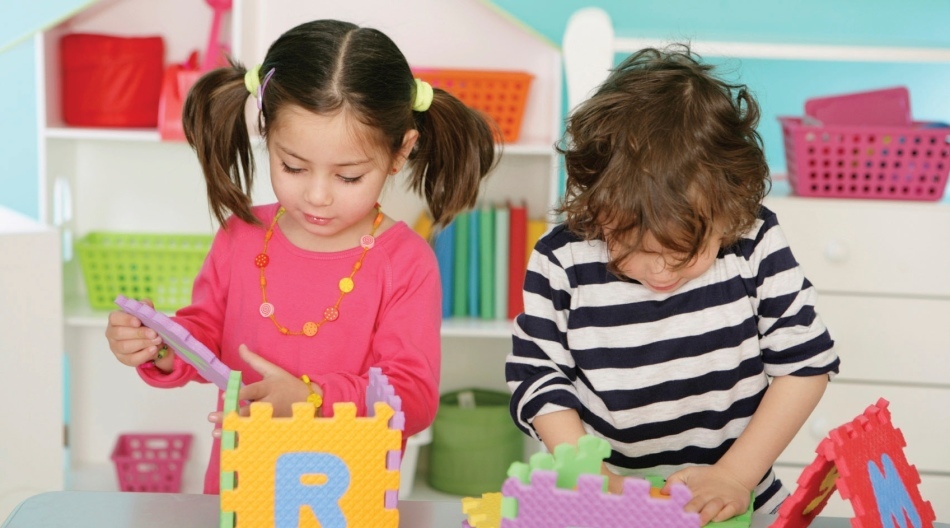
. Development of thinking in children.
- . The development of thinking is inextricably linked with the process of education and training. In the first years of life, thinking is very specific and related to specific tasks: to collect a pyramid, to get a toy, to bring a ball for the game
- With the development of speech, thinking acquires new qualities: the child can identify the most important physical property of the object: the soft, hot, large, loud. Then the logical connections are connected: "the girl is crying = the girl is sad";"Mom wore boots. .. Mom goes to the street"
- The thinking of the younger preschooler is gradually changing from a visual-action( to what I see, I'm talking about) to a visual-figurative( I'm talking about what I imagine in imagination).At the same time, younger preschool children operate only with their own experience( I can talk about what I saw-I touched myself)
- Senior preschoolers can go beyond their own experience and build assumptions about what they do not know, based on logical reasoning
- With the beginning of schoolingincreasing the ability to reason about abstract concepts, children are more free to operate with abstract objects and build logical links between them
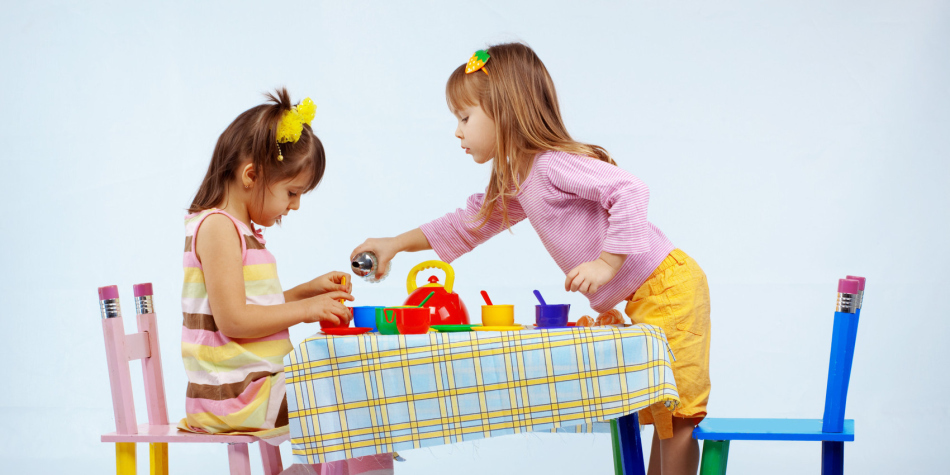
Speech development in a child
- The development of speech begins in infancy: about(crying, crying, gukanie) the child actively trains the speech device for the subsequent use of
- . After six months, the child starts actively recognizing and distinguishing sounds. By the end of the first year of life, a logical connection appears between certain sounds and objects: "meow-meow = cat", "tick-to-clock =
- " The first meaningful words of the child are related to the most popular objects and actions: mom, dad, and da. At first, the child's speech is passive: he perceives far more words than
- himself can say. In the process of communication the child finds out that speech is a way to inform others about his needs. The higher the baby's needs, the more words he needs. He can not describe complex actions in one word( give) or gesture( grab).To be understood, the child increases the vocabulary of
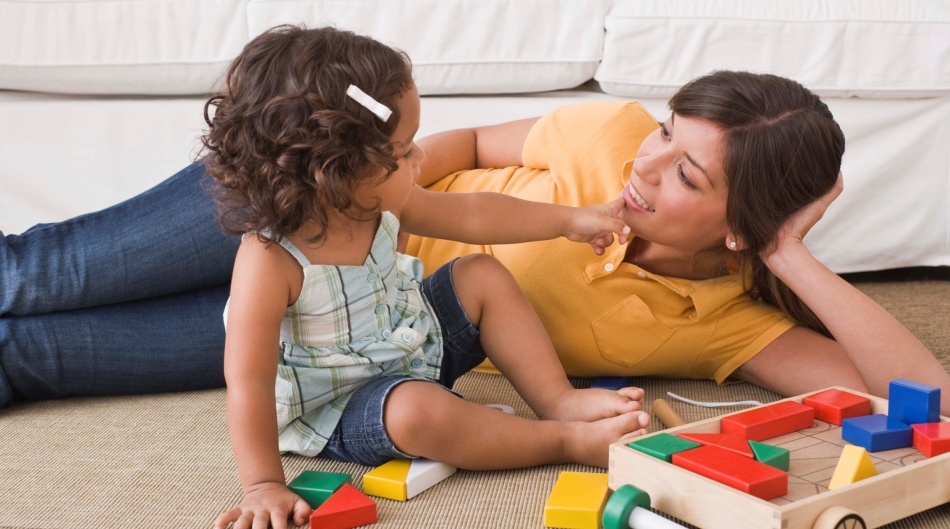
- The first primitive sentences look like a simple set of words: mom, kitchen, porridge, there is. By the end of the younger age, the child learns the simplest grammatical rules for constructing speech, his sentences look more consistent: give a hat, let's go for a walk.
- In the younger preschool age, the vocabulary grows rapidly, and the rules of language are actively mastered. The child learns the correct use of separate grammatical forms: prepositions( above, below, behind, before), modal verbs( want, can, should), matching of number, gender and case
- . At the same time, the child learns vocabulary and grammar exclusively in the form of accumulating experience of communicationin native language. As such, he does not know the rules of the Russian language.
- In the older preschool age, the development of speech directly affects the development of thinking, memory, imagination and perception. There is a significant enrichment of the vocabulary of
- . The child begins to try to analyze language rules, to control his own speech for compliance with these rules.
- At the school age, the mastery of written speech, reading is added to oral speech. The conscious mastery of the rules of the language, its wealth and diversity begins.
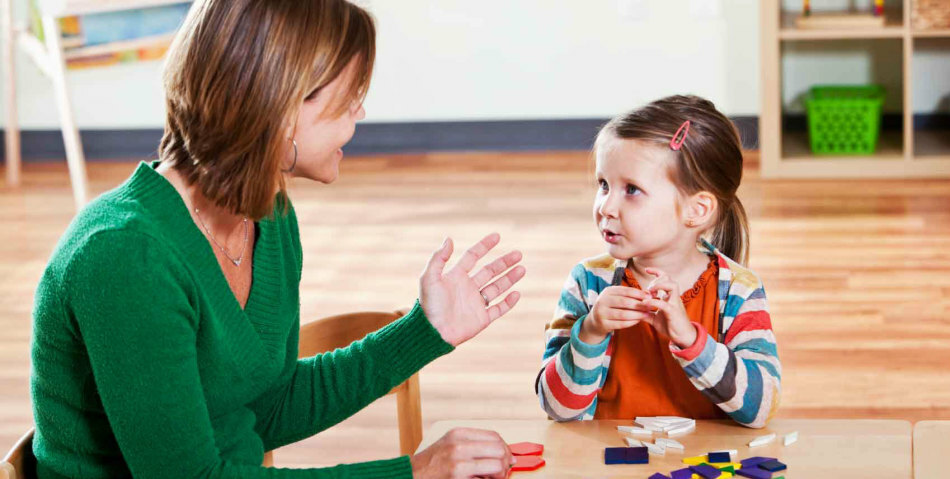
Perception development
- Perception is the knowledge of the surrounding world through the senses( taste, color, smell, appearance).At an early age, perception plays a major role in the child's mental development. Through perception, the infant begins to explore the surrounding world.
- The perception of the infant is reflexive. He perceives only what is related to his main needs
- In early childhood, attention to the child can attract extraneous things. He can operate with several objects, try to correlate them( to put them together, to live one in another), but he is not capable of their long study. He is not yet able to visually evaluate objects, so he correlates them by trying on: joined, not approached, combined in another way.
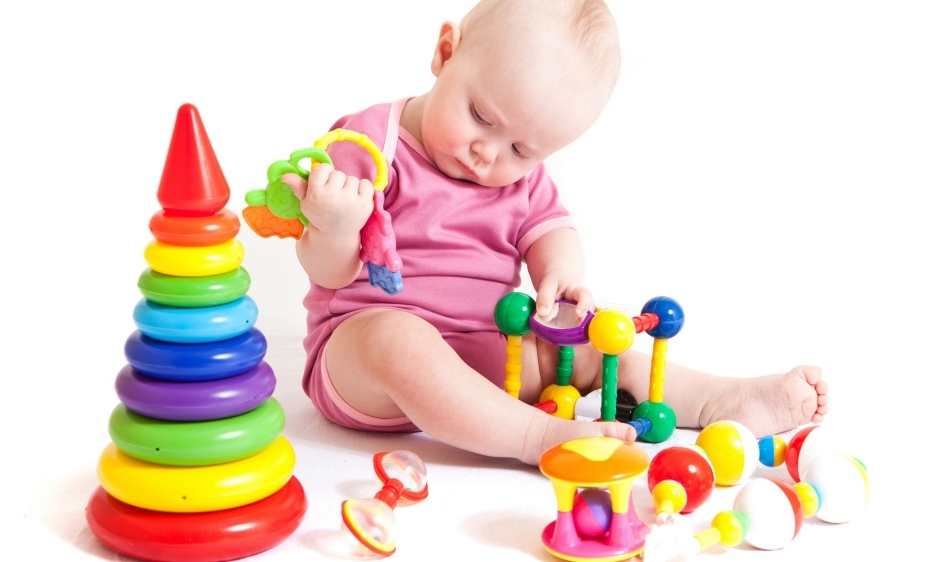
- By the third year the child is able to perceive different properties of things: warm, fluffy, green, sweet. He knows how to compare objects by a certain feature: round as a ball, soft as fluff. However, the perception is still very fuzzy: for example, young children do not recognize a disguised teacher in the Snow Maiden. Or when composing cubes, he does not see an error if he places the dog's head at the cow's feet. They learn about the subject through direct interaction with him: pick up, press, smell
- At the preschool age, the child can compare many items among themselves, ranking them according to a specific trait( larger, larger, larger).He mastered the concepts of "height", "length", "width", "form".Is able to reproduce what he sees, in words or in drawing, in modeling, in applications. Distinguishes not just colors, but their shades. Can study and describe the subject visually, and not only by contacting him physically. Space is perceived not only with respect to its body, but from different points of reference. The perception of people is also complicated, and the evaluation of internal qualities begins to prevail over external
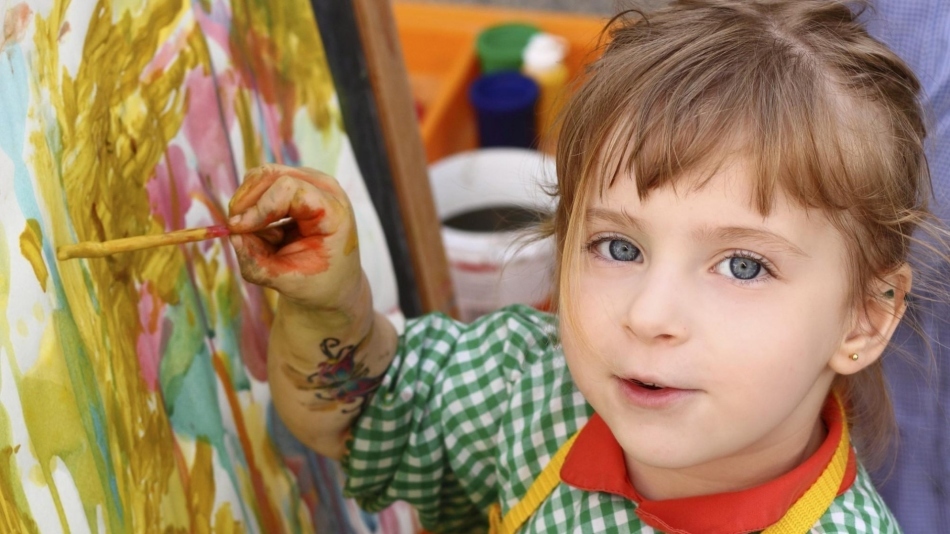
The role of play in the child's mental development
The game in early childhood and preschool age is the most important and basic tool for the child's mental development. Through gaming activities, his education, upbringing, self-education, formation of the most important personal qualities takes place.
Games are divided into three main groups:
- Story-role - games in the "house", "daughter-mother", "school", "hospital", "shop".Story-role games teach the child to communicate and interact with other people. According to the behavior of the child in such games, one can judge the qualities of an emerging personality and take timely measures to correct them( aggression, violence).It is possible to teach the child the missing skills, to instill the correct model of behavior in a given situation.
- Didactic is teaching in the form of a game. At the heart of didactic games is the need for analysis, comparison, reasoning and other mental actions. Didactic games include cubes, pyramids, constructors, puzzles. Didactic games develop well attention, assiduity, aspiration to achieve the result
- Mobile - "cat and mouse", "hide and seek", "trickle", sports relay races. In addition to the physical activity necessary for the child in the younger and preschool years, mobile games develop memory( remember the rules or sequence of actions), the speed of reaction, the ability to follow the established rules of
. It is important that all three types of games are present in the child's life, as they develop different sidespsyche of the child.
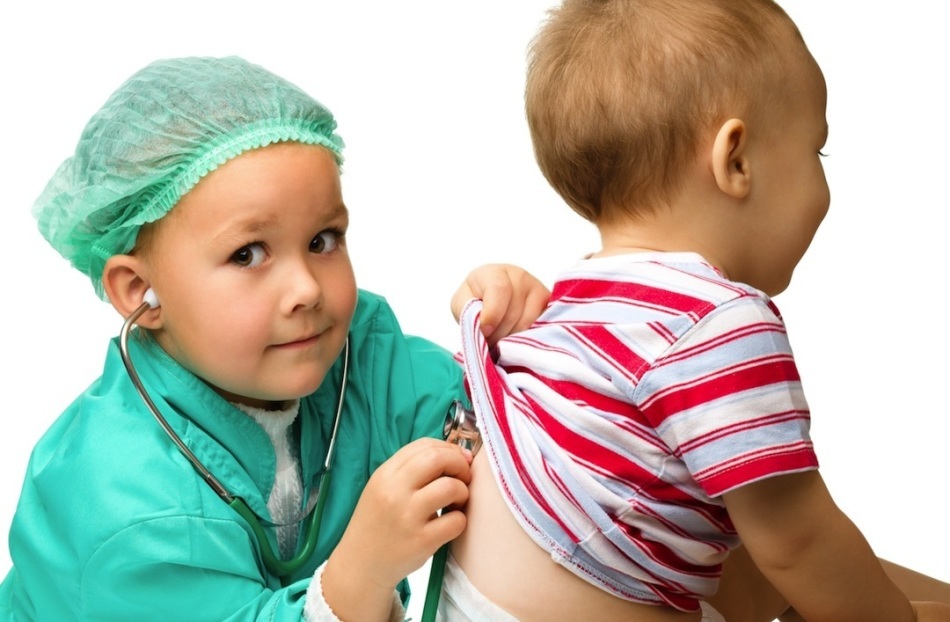
Development of mental processes in children
- Each stage of development determines the amount of knowledge, skills and skills that a child must master. The norm is considered to be the correspondence of the level of development of the child to the majority of children of his age. For example, the main task of an infant is to study its own physical capabilities. In early childhood, children actively master psychomotor skills( the ability to use a spatula, collect cubes, eat with a spoon).
- It is not easy to determine the deviations in the development of a child. If several children grow up in the family, the parent can estimate the development level of the child empirically, comparing the child with his brothers and sisters. If there is only one child in the family, it is quite difficult to understand how much it corresponds to the developmental peers
- Besides, within each age there are subjective individual characteristics of the child, which makes the task of assessing the development even more difficult
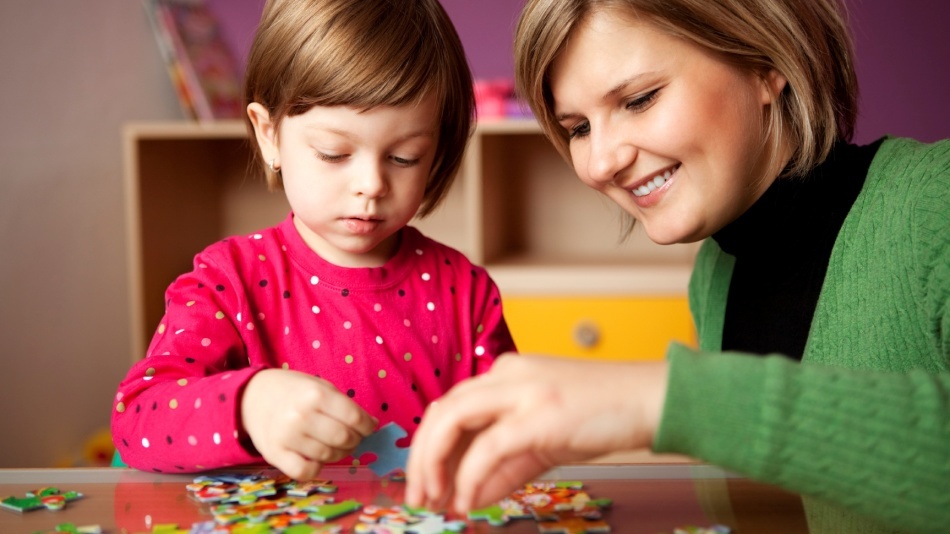
Early diagnosis of the child's mental development
Reasons,according to which the child may lag behind in mental development, can be divided into three groups:
- Prenatal - arisen in fetal development due to genetic defectIntrauterine infections, pregnancy pathology, maternal smoking, alcohol and drug use during pregnancy
- Natal - arisen during labor: cord injury and subsequent asphyxia, forceps during labor, other traumatic effects on the newborn
- Postnatal -postpartum circumstances that led to the defeat of the child's mental development: complications of the transmitted diseases, lack of attention and emotional communication from adults in infancypedagogical neglect and lack of conditions for the development of functions and skills that determine the mental development of the baby
The violation of mental development is considered a disorder of psychomotor functions arising from the negative effects of these factors on the brain.
To determine the presence of abnormalities in a child, it is necessary to consult a narrow specialist: neurologist, psychologist, speech therapist, defectologist, and others. Only they can distinguish obvious deviations from the age-related manifestations of character and assign appropriate corrective work.
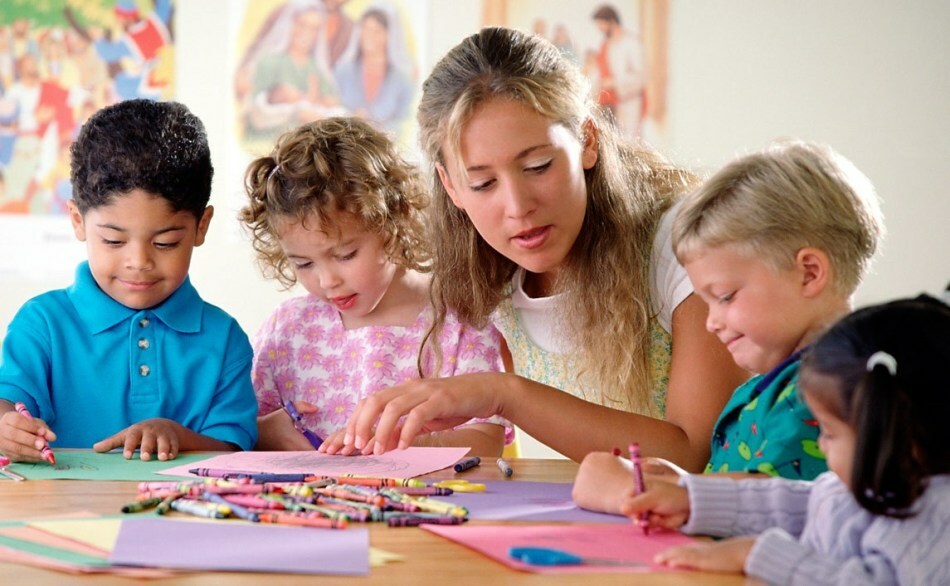
Mental development of a child in preschool age
Most often, mental retardation is manifested in children with the beginning of visits to preschool institutions. The main types of mental retardation:
- Somatogenic - caused by severe diseases;externally manifested in the general weakness of the child, reduced endurance, increased excitability or vice versa apathy, chronic overfatigue
- Cerebro-asthenic - associated with organic brain damage;manifested as hyperactivity, excessive excitability, sudden and frequent mood swings
- Psychogenic - is a consequence of social neglect of the child, lack of upbringing, occurs in children from disadvantaged families
- Constitutional - the reason for the underdevelopment of the frontal lobes of the brain;the main sign of this lag is expressed by behavior that does not correspond to age;interests, needs and skills of the preschool child remain at the level of 2-3-4-year-old children.
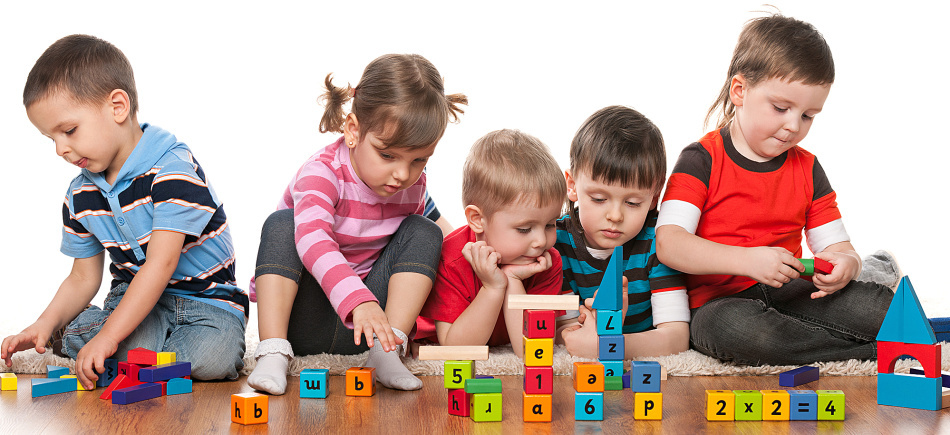
Diagnosis of lagging behind in mental development requires great caution, since sometimes these signs can be related to the characteristics of a healthy baby: hyperactivity, unwillingness to follow orders from outsiders,and the like.
It is important to understand that mental retardation refers to the borderline deviations between normal development and mental retardation. Such a diagnosis speaks of the child's developmental lag in development, which can be overtaken, that is, the problem is temporary and in most cases removable with correct and timely correction.
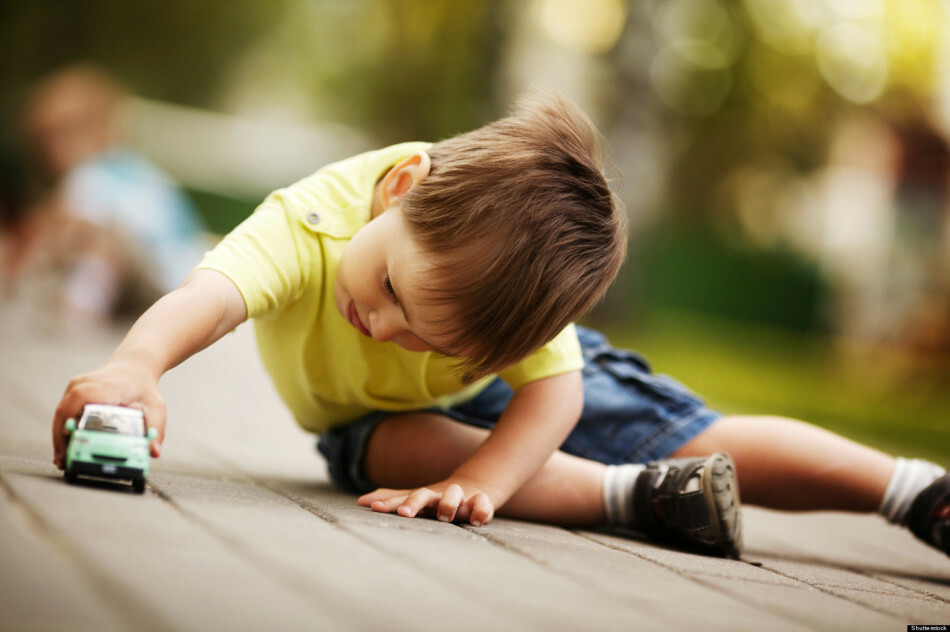
Correction of mental retardation of a child
Correction of mental retardation in a child implies the complex work of doctors, educators and parents. It takes a long time and constant efforts of adults.
Special attention is paid to the nature of instruction when working with these children. Classes should be small in time, frequent changes in classes, maximum use of visual presentations, frequent repetition of educational material.
A large role in the development of children with mental retardation is played by group and individual sessions with psychologists, game forms and art therapy.
In some cases, the corrective work is supported by medication and physiotherapy.
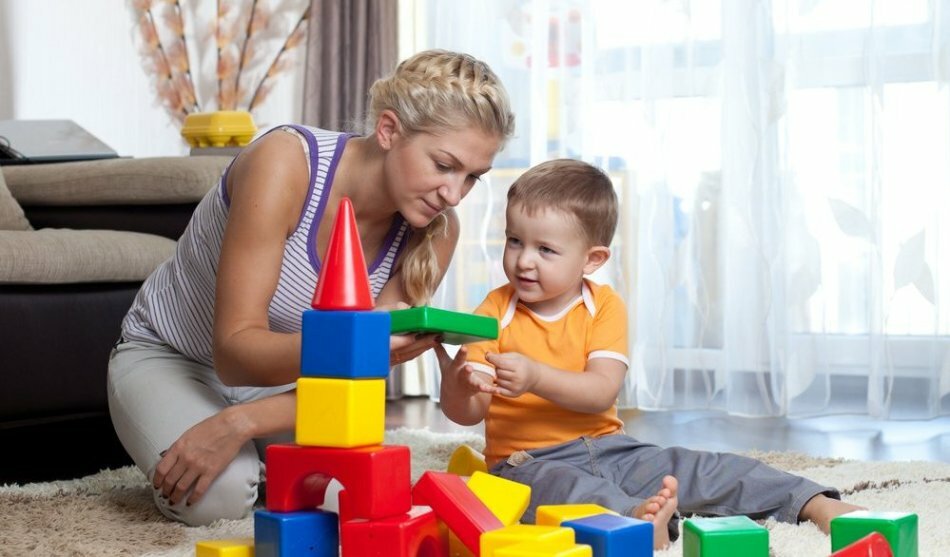
Teaching children with mental retardation
According to the current practice, children with mental retardation do not need isolation and can attend a general education school. However, it is important to remember that the result of learning from such children will be lower than that of peers, and it can only be caught up in an integrated approach, in close interaction between teachers and parents.
